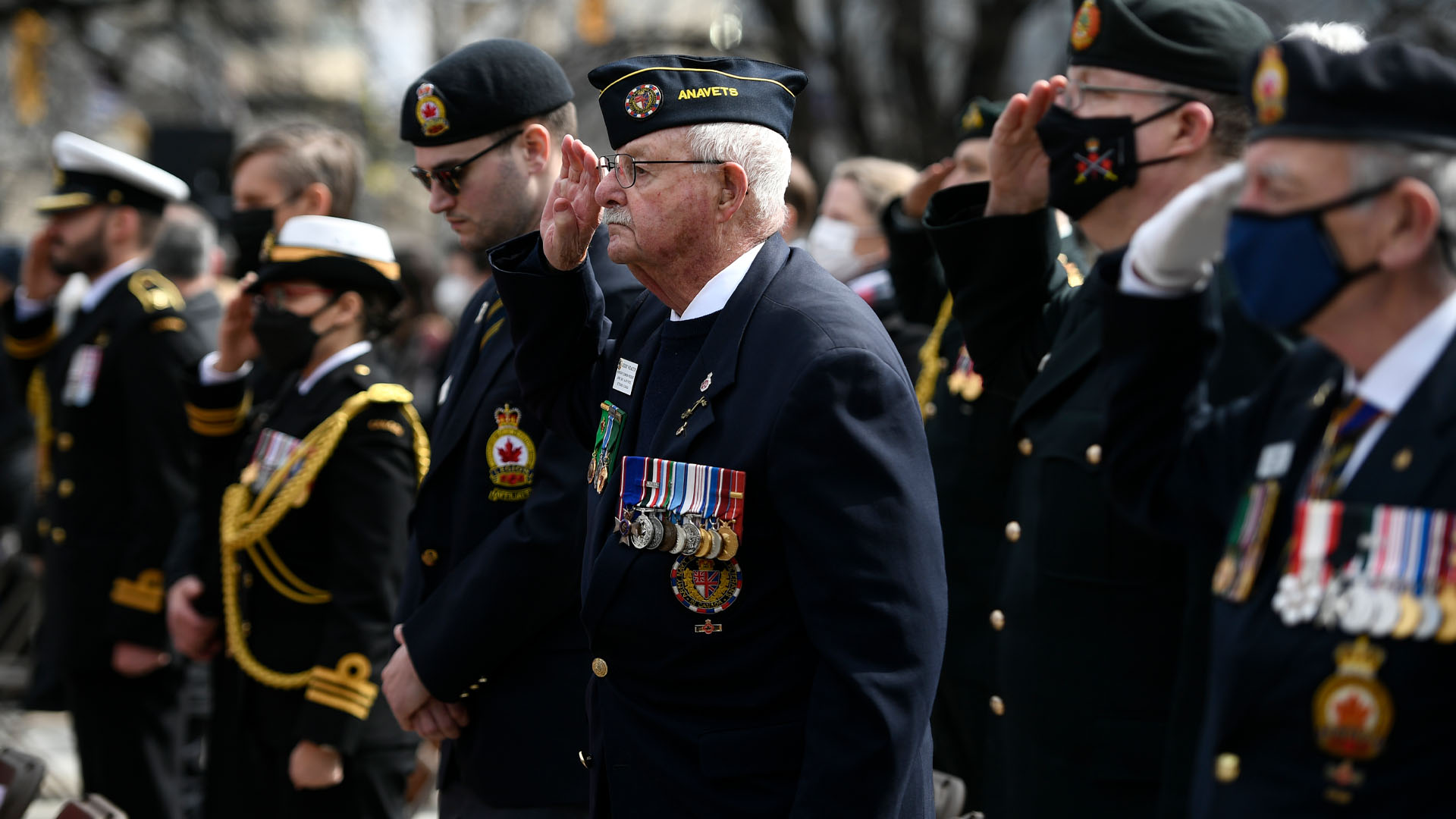
Military and veterans’ affairs are not on the radar of most Canadians.
In one sense, that is a good thing. War is something that happens overseas. Canadians can walk their own streets without artillery screeching over their heads or foreign armies passing by with conquest in mind.
What is not a good thing is when the system meant to support the people who have found themselves in those situations fails.
Facing criticism after years of neglect and ineffective administration resulted in a backlog of 40,000 veterans’ disability claims, the federal government announced earlier this year it would commit $140 million to working off the backlog.*
That sounded great on the surface, but those who have followed the issue knew that the government’s response missed the point, and that the situation would get worse before it got better.
Wait times for first-time applicants are now at 10 months. That’s more than twice as long as the Veterans Affairs service standard of four months. Turnover among temporary staff is also high, as they seek more stable opportunities elsewhere.
The struggle
Why do our veterans need stronger support?
Veterans who have served over the past 50 years have much worse health issues than that of Second World War and Korean War veterans. Compared to the general population, they also experience higher rates of chronic pain, high blood pressure and long-term disability.
Our veterans are also plagued by depression, anxiety and post-traumatic stress syndrome. Far too many are pushed beyond what is endurable. Suicide rates among Canadian veterans are 50 per cent higher than the general population for males and double the rate for females.
Additionally, veterans struggle to find employment after leaving the armed forces and are homeless at higher rates than non-veterans.
This is where veteran’s disability benefits — which provide financial, medical and housing support — are supposed to come in. In theory, this is where the government’s $140-million infusion to process more claims should make a difference.
So why is it no surprise that the situation has only grown worse over the past year, with the backlog nearly doubling?
Root causes
For one, the backlog is not merely a staffing issue that can be fixed by extra short-term hires.
The application process itself remains cumbersome and convoluted, and in need of overhaul for applicants and administrators alike.
The paperwork is needlessly confusing and wordy, with little help available to veterans completing a claim. This may lead to an error on the application which means even more delays.
The process has also been plagued by a lack of co-ordination between Veterans Affairs and external organizations, such as medical clinics and doctors’ offices, which are needed to provide documentation necessary for each application to be approved.
These important foundational changes are not something that can be achieved with $140 million for ad hoc staffers. It requires time, long-term commitment and an interest in the well-being of veterans.
It also requires recognizing that for many veterans, depending on disability support is a product of having already been let down by other parts of the system.
With just 11 occupational stress injury clinics for a population of 600,000 veterans nationwide, Canadian veterans face long waits to receive mental health services – sometimes up to seven months.
These delays allow service-related psychological issues to fester, making them more resistant to treatment. This deepens their effect on all aspects of life, including the ability to find and maintain employment.
The calculated measure of success of our mission to Afghanistan
The treatment of physical issues which impede a return to work depends on whether the veterans can access supports offered through their disability benefits. Lacking this, and with their disability benefits in administrative limbo, some are set up to fail in this pursuit.
This contributes to the hulking backlog, which has grown even larger, and is now weighing down Veterans Affairs.
Auditor General Karen Hogan stated recently: “I’m really left with the conclusion that the government failed to meet a promise that it made to our veterans, that it would take care of them if they were injured in service.”
Moving forward
The government is currently trying to close a gap that widens with each step they have taken. To escape the one-step-forward, two-steps-back cycle, Veterans Affairs must recognize that the backlog is a symptom of more foundational problems that have not been addressed.
The claims process needs a complete overhaul with more support made available to veterans in filing claims. Mental health funding should be expanded, and long-term approaches must be prioritized over the quick fixes on which the government has spent hundreds of millions.
As part of policy reform, Veterans Affairs must develop a more thorough process of data collection. Its current methods are so poor that they are largely unable to measure the success of their initiatives to better serve veterans.
Until the government steps back and looks at the larger picture, it will continue falling further behind regardless of how many millions it throws around.
As long as that happens, it will be our veterans who pay the price.
Note to readers: This article has been updated to correct a figure used to depict the backlog of veterans’ disability claims.












